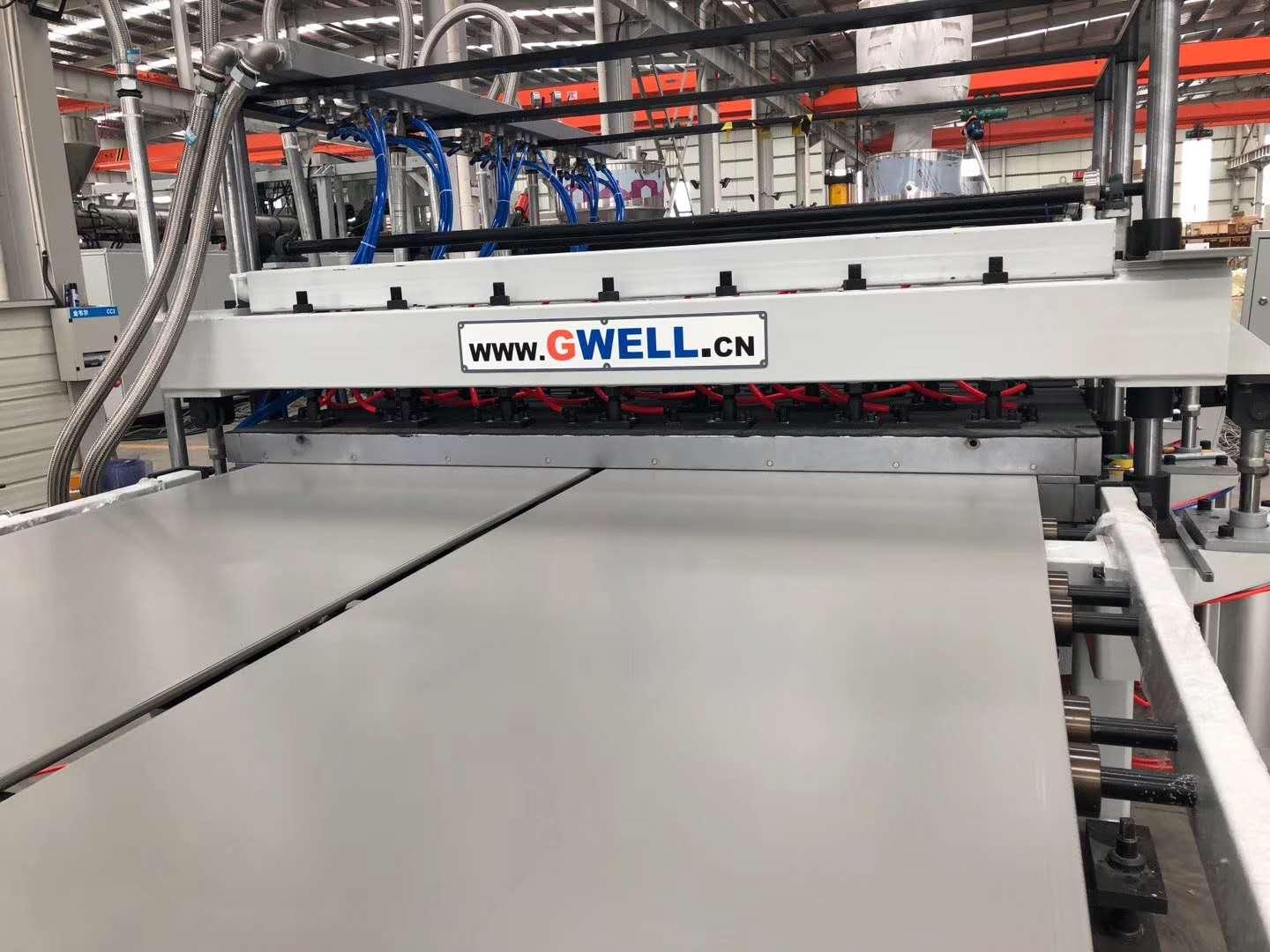characteristic
Lightweight and Soft: EVA material itself is lightweight, forming a large number of tiny bubbles after foaming, further reducing weight and increasing softness, making the sole more lightweight and comfortable, effectively reducing the burden on the feet.
Good elasticity: It has good resilience. The resilience of pure EVA foam is generally between 40% and 45%, which is much better than PVC, rubber and other materials. It can provide good shock absorption and cushioning effect for the wearer. During walking or exercise, it can effectively disperse and absorb the impact force on the soles of the feet, reducing fatigue.
Chemical corrosion resistance: resistant to chemical corrosion such as seawater, oil, acid, alkali, etc., antibacterial, non-toxic, odorless, pollution-free, in line with environmental requirements, which enables it to maintain stable performance in various environments and extends the service life of shoes.
Good processing performance: easy to carry out processes such as hot pressing, cutting, gluing, and bonding, making it convenient to produce products of various shapes and sizes, which can meet the design and manufacturing needs of different shoe styles.
Thermal insulation and moisture resistance: It is a closed cell structure that does not absorb water and has excellent moisture resistance. At the same time, its thermal insulation performance also enables it to maintain a stable temperature environment.
Excellent sound insulation effect: Due to its closed bubble structure, it also has good sound insulation effect.
Production process
Raw material ratio: When using EVA foam for the traditional intermediate layer, the ratio is 80-90% EVA resin, 5-10% foaming agent, 2-5% hardener, and 1-3% additive.
Preheating: After melting the raw materials, transport the closed mold to the bubble machine and preheat it for a period of time to eliminate surface moisture.
Mixing with water: Transport the preheated mold to the bubble machine, configure the vacuum pump according to the number of molds, and pour the original solution into the mold under a certain pressure. After expansion within a set time, a shoe material filling block with a certain pore size and volume is obtained. Nowadays, computer-controlled processes such as formulation, water addition, and mixing of shoe materials are commonly used to reduce operator errors and waste, improve work efficiency and shoe material quality.
Plasticization: Send the mold filled with shoe material solution to the oven for shaping processing. The foam material filled in the mold needs to be baked at high temperature to fill the entire structure of the mold and form the required shape, size and expansion.
Moulding: After a certain baking time, the foaming agent is fully decomposed, and the foam is fully expanded and evenly distributed. Then transport the mold to the curing room through a conveyor belt and wait for a period of time before proceeding with the molding operation. During the process, care should be taken to avoid damaging the qualified filling blocks.
Quality inspection: After molding, the shoe material needs to undergo quality inspection to check its actual density, specifications, color, hardness, elasticity, etc., to ensure that the usability and safety of the shoe material filling blocks meet the highest standards.
Application scenarios
Sports shoes: widely used in the sole and interior materials of mid to high end travel shoes, hiking shoes, running shoes, etc. Its lightweight, elastic, and cushioning properties can meet the protection and comfort needs of the feet during exercise, improving athletic performance.
Casual shoes, such as slippers and sandals, often use EVA shoe material foam thick plate as the sole material to provide a comfortable walking experience for the wearer.









